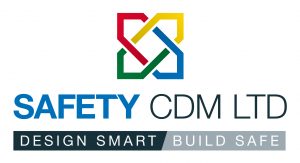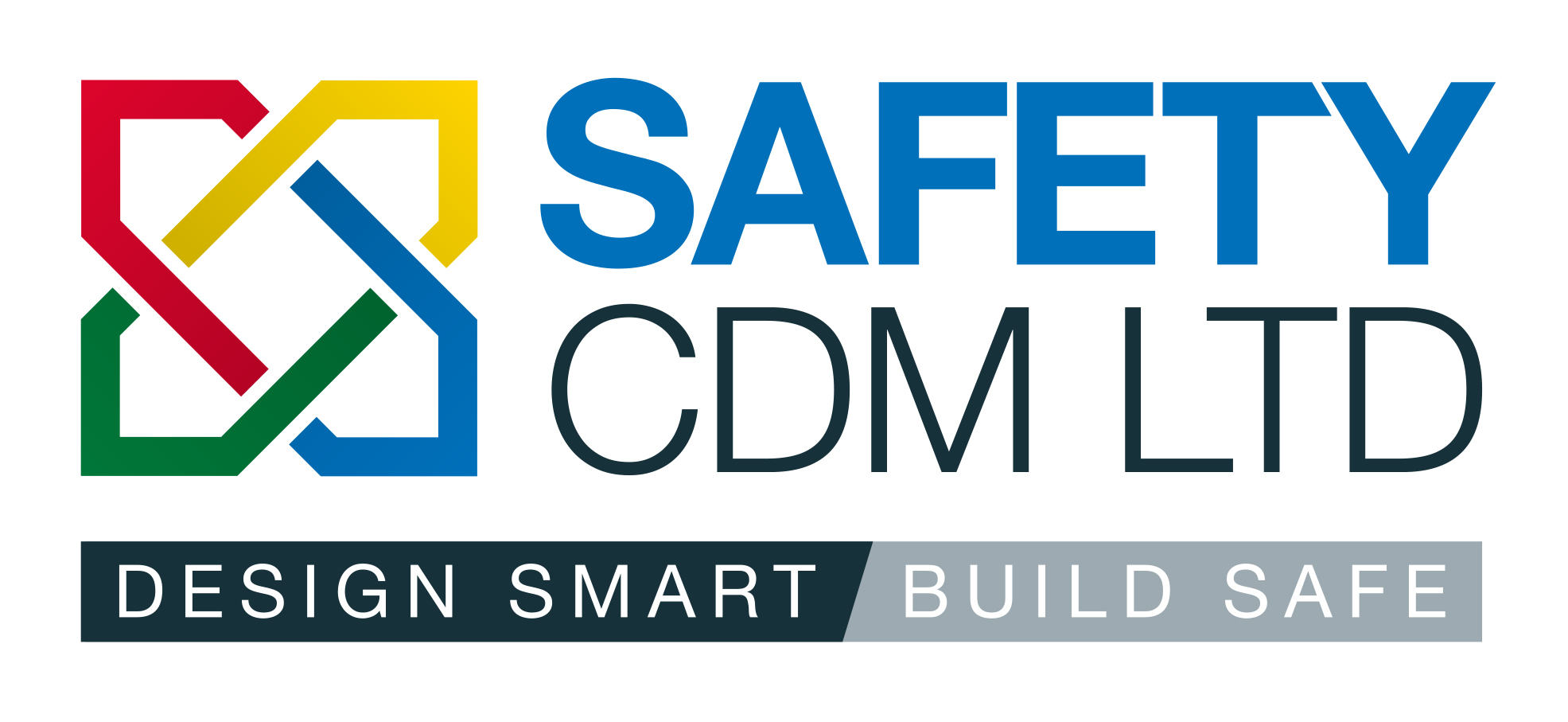The Importance of Pre-Construction Information (PCI) in Construction Projects
Pre-construction information (PCI) is one of the first and most essential documents required for any construction project. It is a legal requirement under the Construction (Design and Management) Regulations 2015 (CDM 2015) in Great Britain, and no construction work can commence without it. PCI ensures health and safety measures are in place from the outset, laying the foundation for a well-coordinated and safe project.
What Is Pre-Construction Information?
PCI includes all relevant health and safety details about the project, covering:
-
Project scope and design specifications
-
Management processes and responsibilities
-
Potential hazards and risk assessments
-
Existing health and safety files
Essentially, PCI acts as a blueprint for managing risks and ensuring compliance, making it indispensable for construction planning and execution.
Who Is Responsible for PCI?
According to Regulation 4 of the CDM Regulations 2015, a client must provide pre-construction information as soon as practicable to every designer and contractor appointed, or being considered for appointment, to the project. This is a key aspect of the client’s duties in managing construction projects safely.
Although the client is responsible for providing pre-construction information, they are often supported by the principal designer (when one is appointed).
The principal designer—appointed by the client—can offer essential support in fulfilling these responsibilities. They can help create and manage the pre-construction information, among other client duties, ensuring that safety and compliance are maintained throughout the project, especially as a client might not always have in-depth knowledge of the CDM Regulations.
Who Needs Pre-Construction Information?
PCI is equally important for all stakeholders involved in a construction project, including:
-
Clients – Must supply PCI to designers and contractors promptly to enable safe project planning.
-
Principal Designers – Help prepare, review, and manage PCI, supporting the client in meeting their legal duties.
-
Principal Contractors – Use PCI to plan, manage, and monitor health and safety throughout the construction phase.
-
Contractors and Subcontractors – Rely on PCI to brief workers and ensure safe execution of tasks.
What Does PCI Include?
The content of PCI depends on the project but typically includes:
-
Building Plans and Specifications – Detailed drawings and project descriptions.
-
Environmental Assessments – Reports on ecological impacts and mitigation strategies.
-
Safety Assessments – Evaluations of hazards and plans to manage risks.
-
Site Information – Location of utilities, ground conditions, and existing structures.
Why Is Pre-Construction Information Important?
sPCI is more than a legal requirement—it is vital for:
-
Safety – Identifies risks early, enabling proactive measures to protect workers.
-
Compliance –Ensures adherence to CDM 2015 while playing a vital role in meeting broader health and safety requirements. For more information, visit the Planning for Construction page on the HSE website.
-
Coordination – Supports smooth communication and planning, reducing delays.
-
Cost Control – Mitigates unexpected issues and costly changes during construction.
-
Risk Management – Minimises disruptions and enhances project stability.
Best Practices for PCI
-
Start Early – Gather PCI as soon as possible to allow time for assessment and planning.
-
Be Thorough – Cover all aspects, from design and environmental considerations to safety.
-
Standardise Documentation – Use consistent formats for easy sharing.
-
Encourage Collaboration – Maintain open communication among all stakeholders.

How Safety CDM Ltd Can Help
In summary, PCI is an essential document that ensures project safety and legal compliance. Moreover, failing to prepare PCI can lead to project delays and result in enforcement action by the Health and Safety Executive (HSE), including penalties. At Safety CDM Ltd, we specialise in helping clients gather, document, and share PCI effectively. From risk assessments to CDM compliance, we provide expert advice to keep your project safe and successful.
Contact us today to learn more about our services and how we can support your construction project. Visit Safety CDM Ltd or email us directly at info@cdm2015regs.co.uk.
Explore more blogs here for insights on CDM 2015, construction safety, and risk management…
ul > .bdt-post-list-item; delay: 350;”>
-

Keeping Your Construction Site Safe: The Benefits of Regular Health and Safety Audits
December 29, 2024
Building, Construction Safety, Regulatory Compliance -

Design Risk Management: A Guide for Construction Designers
December 22, 2024
Building -

Why You Need a CDM Advisor for Your Construction Projects Under CDM 2015
December 17, 2024
Blog-page, Building, Compliance Solutions, Construction Safety -

Why Daily Plant Machine Inspections are Essential under the PUWER and LOLER Regulations
December 9, 2024
Building, Compliance Solutions, Construction Safety, PUWER and LOLER Regulations, Regulatory Compliance -

Introducing Comply2Go
November 28, 2024
Building, Compliance Solutions, Construction Safety, PUWER and LOLER Regulations -

Principal Designer Responsibilities under the CDM Regulations
November 25, 2024
Feature








A key cdm document.